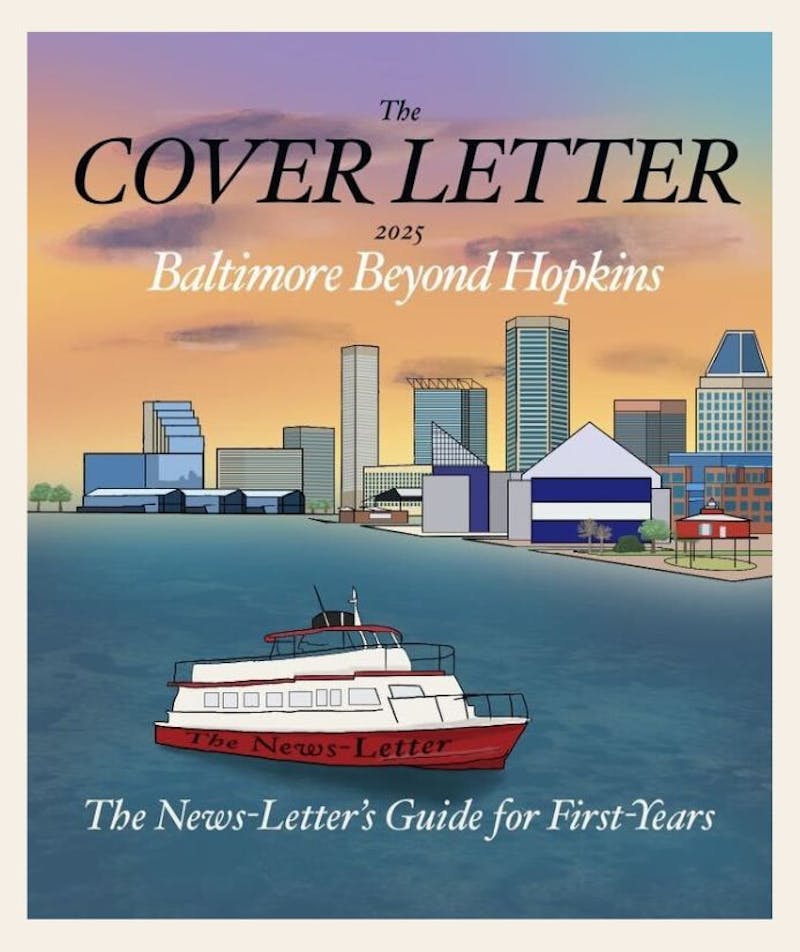Criterion has just released Carnival of Souls, famed for its eerie church-organ-centric plot (if not as a notorious rip-off of the classic "Hitch-Hiker" Twilight Zone episode) as part of its distinguished collection. The film is likely to induce near-hypnosis in the open-minded - remarkable considering its $17,000 budget - and what was once limited to a slapdash four-for-one-dollar bin release can now be yours for $35.99. It's not the first time I've been startled by a Criterion pick (see the curious release of Robinson Crusoe on Mars), but it's got me thinking: Are the powers that be starting to give organ-heavy scores credit where credit's long overdue?
This past Sunday, St. Mark's Lutheran Church on St. Paul and 20th Streets hosted a free screening of Wallace Worsley's 1923 The Hunchback of Notre Dame, accompanied by a live organ score performed by James Harp, the church's own cantor. Far from a work of religious triumph, Victor Hugo's gruesome Romantic tale sets crimes of passion and their tragic ends in the setting of Paris's famed Gothic cathedral during its medieval heyday.
Worsley had the unforeseen fortune of directing the picture a decade before the Hays Motion Picture Production Code of 1930 set a polished pall over L.A., so a tasteful amount of violence was kept intact with respect to Hugo's novel. Public torture. Adultery. Fending off riotous masses of thieves with molten lead. The interior sets, evoking a stylized Gothic architecture perhaps owing more to the sumptuous Hollywood Babylon era than to 15th century France, seemed an odd juxtaposition to the colorful mosaics of St. Mark's Byzantine interior.
Any surviving prints of the film are in poor shape, missing about 15 minutes of footage, and DVD transfers can't do much to fix that. To compound this, the viewing screen was a bit small and full rather than wide. Aside from these inescapable circumstances, watching Lon Chaney's Quasimodo scale down the Notre Dame facade to cascading organ arpeggios was positively breathtaking.
In the same way that Chaney's heartbreaking, leg-breaking (literally) performance has stood for decades as the real delight of the classic horror film, so too the live organ animated the production and drew a packed house to the event itself.
James Harp's performance struck a long-forgotten childlike, unadulterated joy in me at the very ringing of the bells during the opening credits. I was hooked. Slowly the audience eased into rather candid expressions, laughing, gasping and even cheering throughout - no small feat since, like a BSO audience, the average age might well have been estimated in the '70s.
Harp played relentlessly for over two hours, leaving not one backwards glance unquestioned, not one taunting thief dispirited. Like any great silent film score, this one, composed by Heinz Roehmheld, was a motley arrangement of character themes, dissonant turns and melodic phrasing. I even recognized syrupy strains of a permutated Chopin prelude (Op. 28, No. 6, if you're interested) during Sister Gudule's flashbacks.
Unlike one of the organist's points of self-conflict in the aforementioned Carnival of Souls, however, the presence of non-liturgical music in St. Mark's church caused no alarm.
Carnival-esque chromatics heightened the tension of some of the wildly populated crowd scenes or bordered on nauseating (in that really effective way) when overhead shots from the bell tower foreboded terror to come. I am not ashamed to admit that my eyes watered up when poor Quasimodo was crowned the prince of fools amid the drunken Epiphany crowd to a thumping, nightmarish organ-grinder accompaniment, likening the celebration in turn to a menacing sideshow.
But all was well, for a little bit at least, when the Angelus rang in and there was Lon Chaney, swinging wildly as he pulled the ropes. I think I cried then, too.
The event was held as part of the St. Cecilia Society's winter concert series, which has so far also invited Eastern Orthodox choirs and guest organists to perform at the church. This Palm Sunday, Cecil B. DeMille's 1923 version of The Ten Commandments will be screened and again accompanied by Harp.
As with The Hunchback of Notre Dame, the religious setting of DeMille's first version of The Ten Commandments will captivate anyone who's ever watched a movie, spiritual or not. There's even a super-early Technicolor reel! So, if you don't have any religious plans for Palm Sunday, go see it.
The St. Cecilia Society will be presenting the silent The Ten Commandments at St. Mark's Church on March 17.


